Are you having trouble removing a hydraulic cylinder end cap to do some maintenance on your hydraulic system? For this article, we have researched how to properly remove a hydraulic end cap and have information to share.
Removing a hydraulic cylinder end cap may vary depending on the specific type of cylinder you are working with. However, here are some general steps you can follow:
- Disconnect the hydraulic lines from the cylinder
- Use a wrench to remove any bolts or nuts
- Gently loosen the end cap with a hammer
- Pry the cap off
- Inspect the seal
In this post, you will learn more about removing a cylinder end cap and other topics, such as fixing a stuck hydraulic cylinder. Keep reading to find out more!
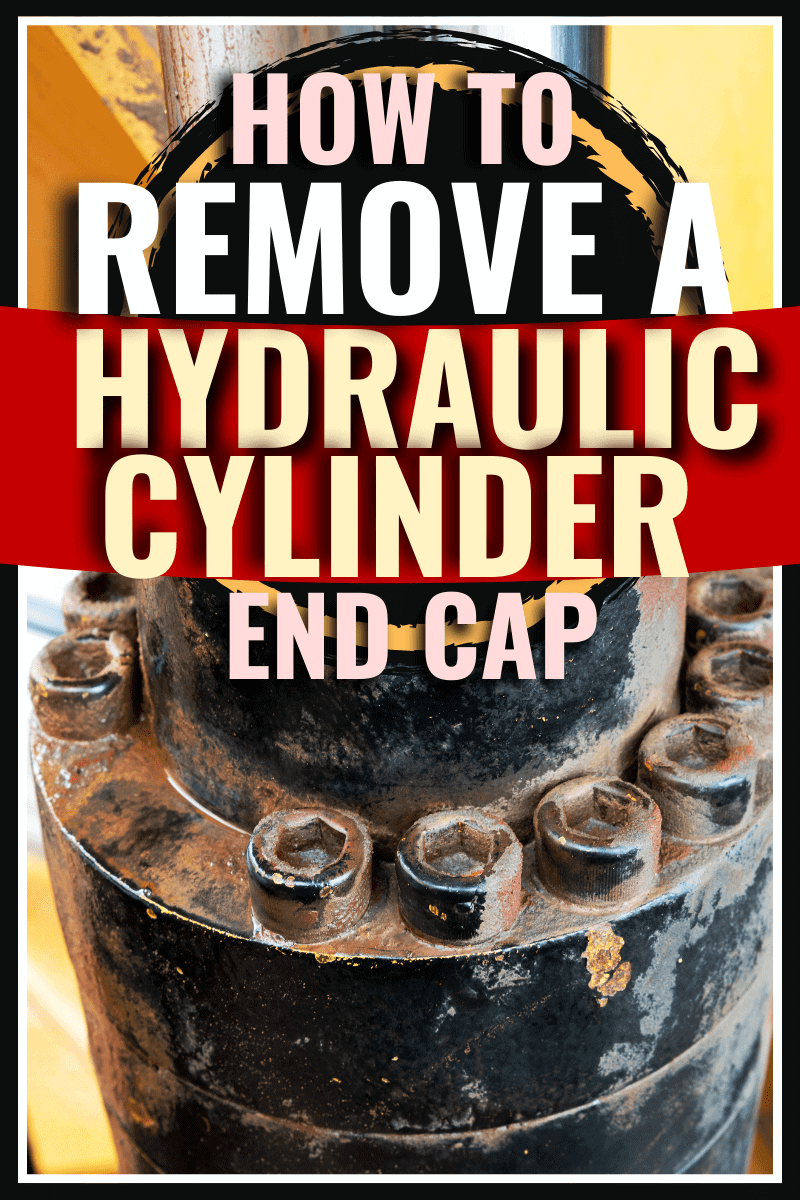
Removing A Hydraulic Cylinder End Cap
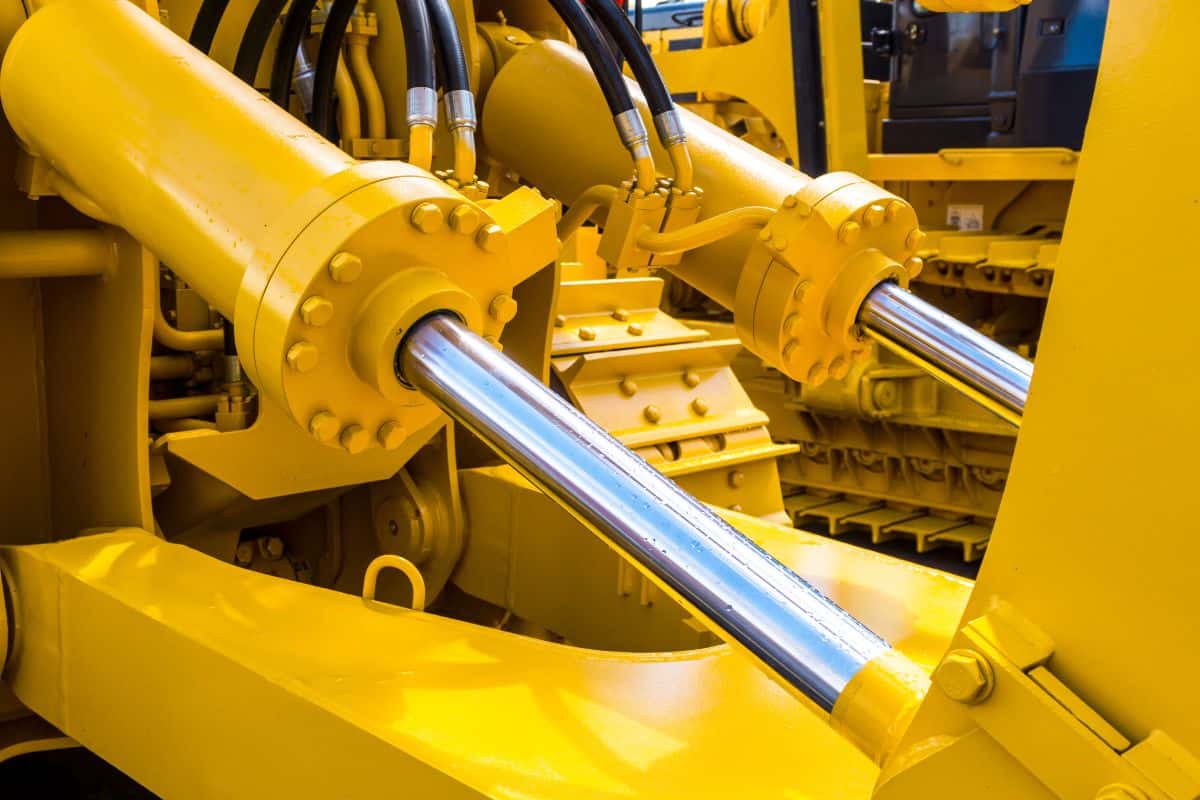
Below are the steps you follow to properly remove a cylinder end cap without damaging your hydraulic system. Each hydraulic system may have its own specific method, but these are general guidelines that you can follow for most systems.
1. Disconnect the hydraulic lines from the cylinder
Disconnect the hydraulic lines from the cylinder to release any pressure inside. This step is important for your safety as the pressurized fluid can be dangerous.
2. Use a wrench to remove any bolts or nuts
Use a wrench to remove any bolts or nuts that are holding the end cap in place. Some cylinders may have a snap ring or other types of fasteners, so make sure to identify them before attempting to remove them.
3. Loosen the end cap with a hammer
Once the fasteners are removed, use a soft hammer to tap around the perimeter of the end cap to loosen it. This should help break any sealant that may be holding it in place.
4. Pry the cap off
With the end cap loose, use a pry bar or screwdriver to gently pry the cap off the cylinder body. Be careful not to damage the sealing surfaces or the cylinder body.
5. Check the seal
Once the end cap is removed, check the seal and the cylinder bore for any damage or wear. If everything looks good, you can reassemble the cylinder with a new seal and reattach the hydraulic lines.
It's important to note that hydraulic cylinders can be under a significant amount of pressure, and attempting to remove the end cap without proper training or equipment can be dangerous. If you are not familiar with hydraulic systems, it's best to seek the help of a professional.
How To Maintain A Hydraulic Cylinder End Cap
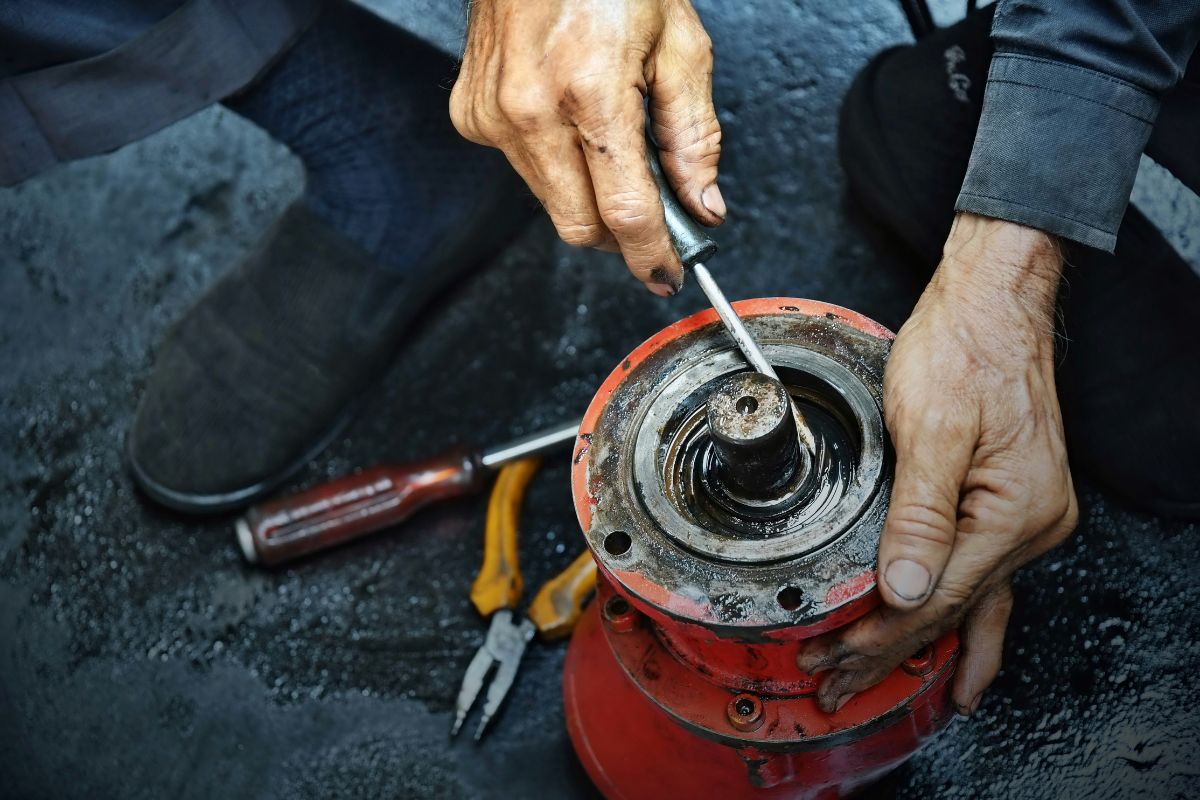
Proper maintenance of hydraulic cylinder end caps is essential for their efficient and safe operation. Here are some tips on how to maintain them:
Regular inspection
It's important to regularly inspect the end caps for any signs of wear, damage, or leaks. Inspect the seals, bolts, and nuts, and cylinder bore for any signs of wear or damage.
Cleanliness
Keeping the hydraulic cylinder end caps clean is crucial to their longevity. Dirt and debris can cause damage to the seals and other components, leading to leaks and premature wear. Clean the end caps and cylinder body regularly using a soft cloth and mild solvent.
Lubrication
Applying lubrication to the end cap and cylinder body is necessary to reduce friction and wear. Use a high-quality lubricant and apply it sparingly to avoid contamination of the hydraulic fluid.
Tighten fasteners
Check the bolts and nuts that secure the end caps regularly and tighten them if necessary. Loose fasteners can cause leaks and lead to the failure of the hydraulic system.
Replace seals
Hydraulic cylinder seals have a limited lifespan and need to be replaced periodically. Inspect the seals regularly and replace them if they show signs of wear, cracking, or damage.
Follow manufacturer recommendations
Follow the manufacturer's recommendations for maintenance and replacement of components. The manufacturer may provide specific guidelines on how to maintain the hydraulic cylinder end caps for optimal performance.
By following these maintenance tips, you can help ensure that your hydraulic cylinder end caps function properly and have a longer lifespan.
Signs Of A Damaged Hydraulic Cylinder End Cap
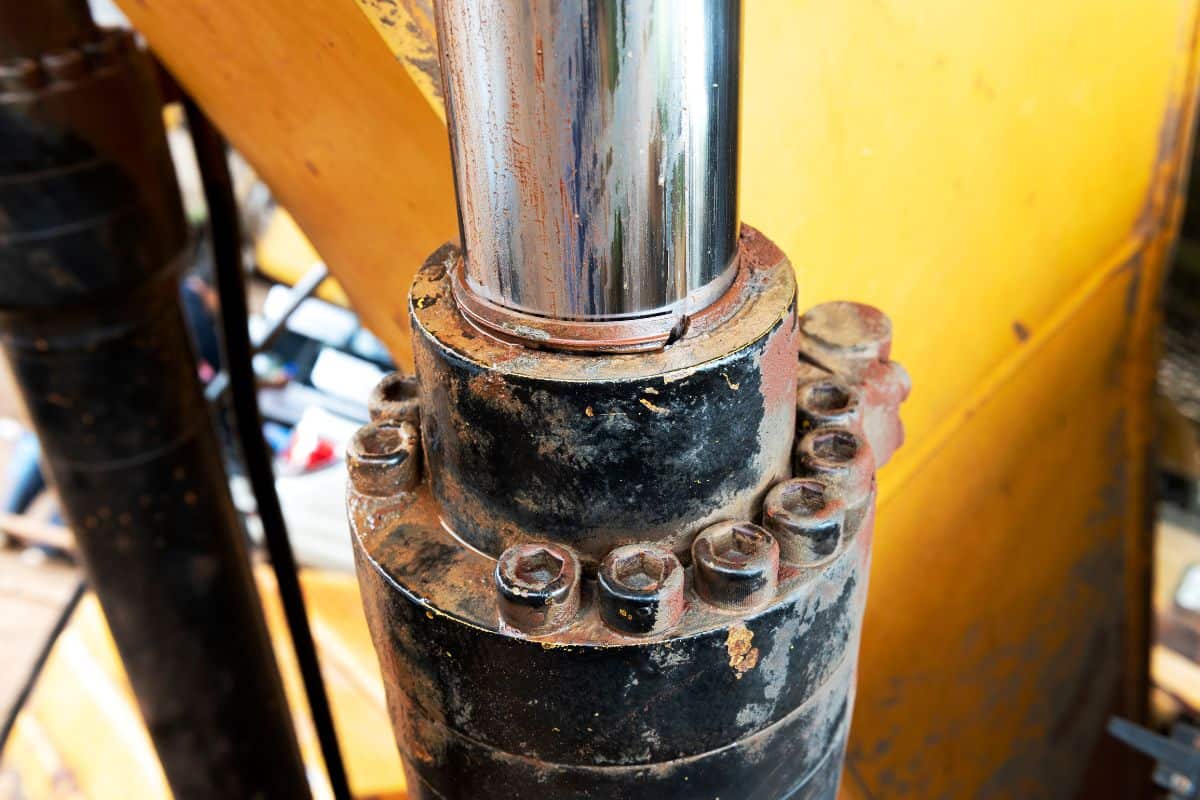
There are several signs and symptoms that can indicate a damaged hydraulic cylinder end cap. Here are some of the most common:
Leakage
Hydraulic fluid leaking from the cylinder is a clear indication of a damaged end cap. Check for fluid around the seals or along the cylinder body.
Reduced performance
A damaged end cap can cause the hydraulic cylinder to perform poorly, resulting in reduced efficiency or power.
Noisy operation
If you hear abnormal noises, such as knocking or grinding, it could indicate a damaged end cap.
Excessive heat
A damaged end cap can cause the hydraulic cylinder to overheat, which can damage the seals and other components.
Increased vibration
A damaged end cap can cause increased vibration, which can be felt in the hydraulic system and may indicate a problem.
Difficulty moving
If the hydraulic cylinder is difficult to move or has a jerky motion, it could indicate a damaged end cap.
Visual signs
Check the end cap for any visible signs of damage or wear, such as cracks, dents or corrosion.
If you notice any of these signs, it's important to have the hydraulic cylinder inspected and repaired as soon as possible. Ignoring a damaged end cap can cause further damage to the cylinder and lead to expensive repairs or even system failure.
What Causes A Hydraulic Cylinder To Lock Up?
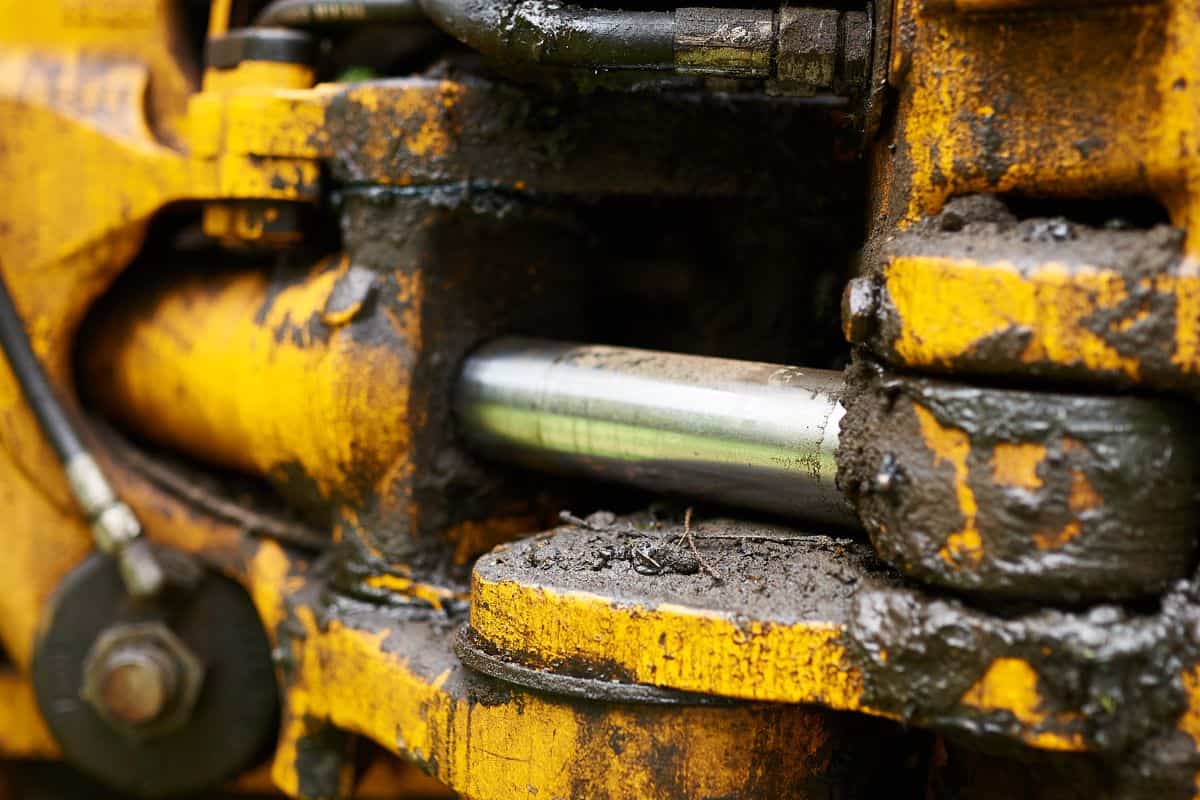
Below are some reasons that may cause a hydraulic cylinder to lock up. Refer to the list below to know about the things you should avoid to prevent it.
Malfunctioning valve
A malfunctioning valve can cause the hydraulic fluid to become trapped in the cylinder, leading to a lock-up. This can happen if the valve is not opening or closing properly or if it is clogged or damaged.
Blocked hydraulic lines
Dirt or debris in the hydraulic lines can cause the cylinder to lock up. This can happen if the lines are not properly maintained or if there is damage to the lines or fittings.
Damaged or worn-out seals
Hydraulic cylinder seals can become damaged or worn out over time, causing leaks or preventing the cylinder from moving smoothly. This can cause the cylinder to lock up or become stuck.
Rust or corrosion
Over time, rust and corrosion can build up on the cylinder body, piston rod, and end cap. This can cause the cylinder to become stuck or difficult to move.
Improper lubrication
A lack of lubrication or using the wrong type of lubricant can cause the cylinder to become stuck. This can happen if the lubrication is not applied regularly or if the lubricant is not suitable for the specific type of hydraulic cylinder.
Overloading or misuse
Overloading the hydraulic cylinder or using it in a way that it was not designed for can cause it to become stuck or lock up. This can happen if the cylinder is subjected to excessive pressure or if it is used in a harsh environment.
If you suspect that your hydraulic cylinder is locked up or stuck, it's important to identify the cause and address the issue as soon as possible. Ignoring the problem can lead to further damage or system failure.
How To Fix A Stuck Hydraulic Cylinder
A hydraulic cylinder can become stuck for several reasons, such as a damaged seal, dirt or debris in the system, or a faulty valve. Here are some steps to follow to fix a stuck hydraulic cylinder:
Identify the cause
The first step is to identify the cause of the problem. Check for any visible signs of damage or leaks, and inspect the hydraulic lines and valves for any blockages or malfunctions.
Release the pressure
If the hydraulic cylinder is under pressure, release it by disconnecting the hydraulic lines or opening the pressure release valve.
Apply lubricant
Apply a high-quality lubricant to the cylinder body and end cap. This can help loosen any debris or rust that may be causing the cylinder to stick.
Gently tap the cylinder
Use a soft hammer to gently tap around the cylinder body and end cap. This can help break up any corrosion or debris that may be causing the cylinder to stick.
Apply heat
If the cylinder is still stuck, apply heat to the cylinder body using a heat gun or torch. This can help expand the metal and loosen any corrosion or debris. If all else fails, you can always seek professional help.
Can Hydraulic Cylinders Get Air Locked?
Yes, hydraulic cylinders can become air locked, which can cause a variety of problems in the hydraulic system. Air can enter the hydraulic system in several ways, such as through leaks or when the system is opened for maintenance or repair.
You may experience reduced performance, noise, overheating, vibration, and cylinder lock-up.
To prevent air lock in hydraulic cylinders, it's important to properly bleed the system after maintenance or repair work, regularly inspect the system for leaks, and ensure that the hydraulic fluid is at the proper level and free of air bubbles.
